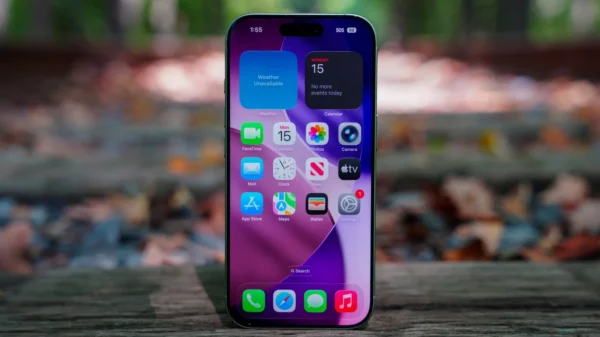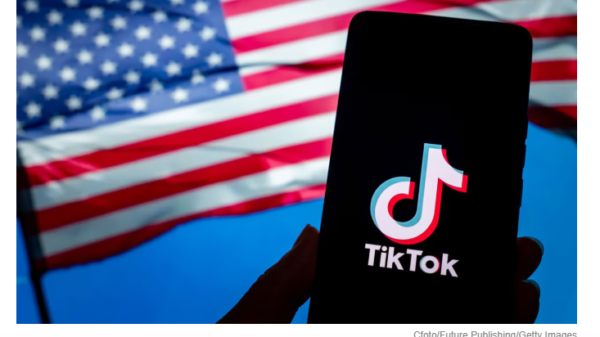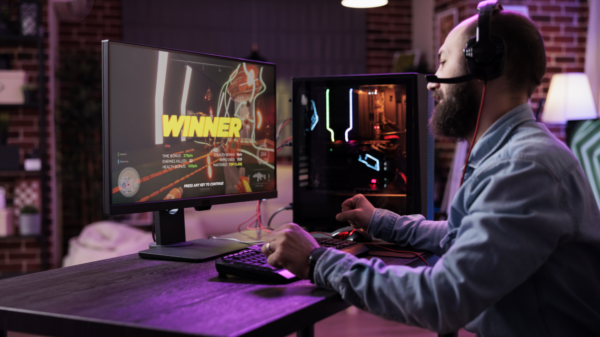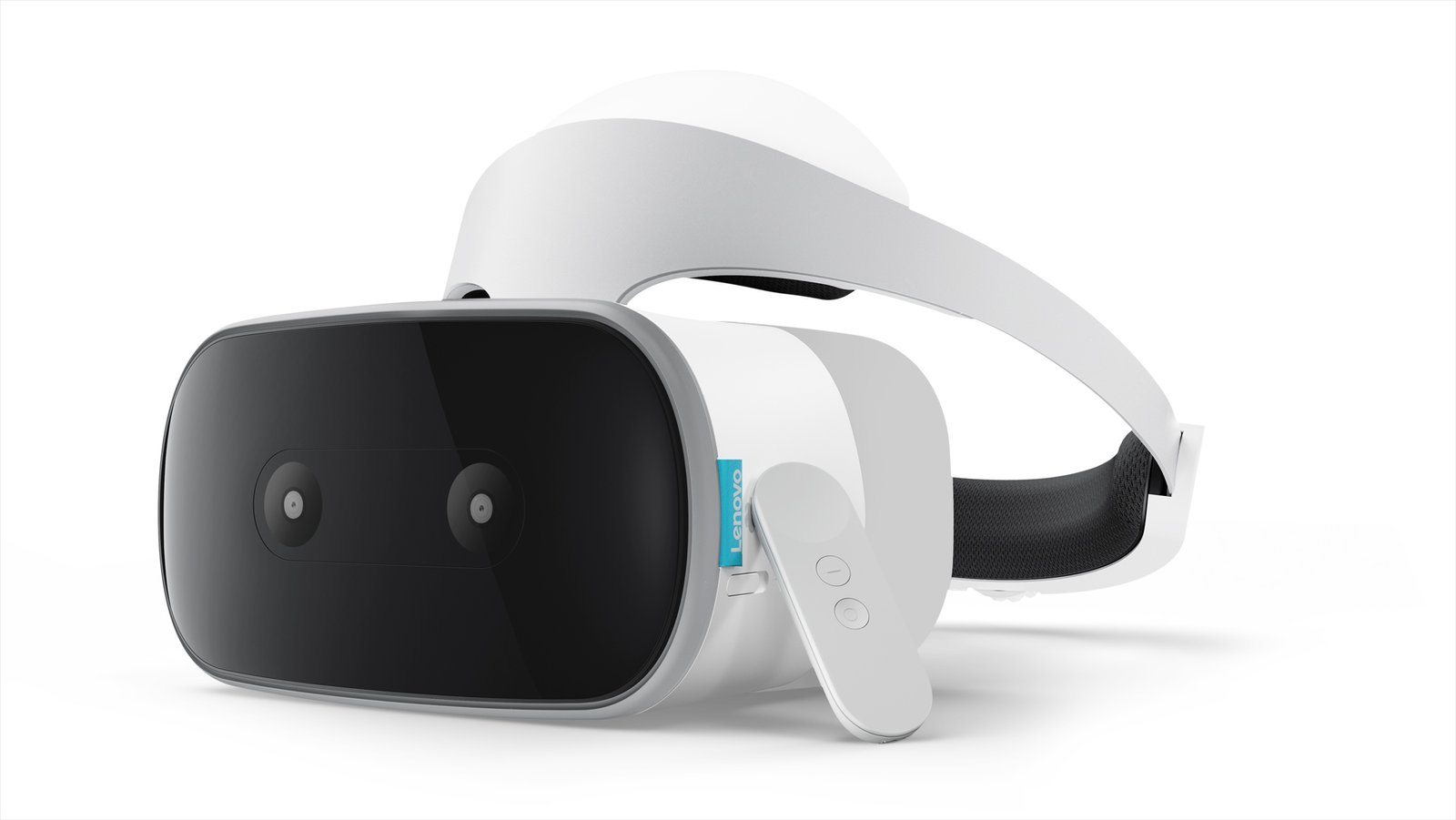What are the latest developments in virtual reality?
Key Takeaways
- Using VR technology, retail companies may prepare their workers for digitally created real-life events.
- Virtual reality technology raises test results in the classroom by 20%.
- Thanks to a variety of VR companies, students may virtually experience the principles they are studying in class.
- Virtual reality technology generates simulations for usage in military and pilot training facilities.
- By 2025, there will be 31.5 million VR users in the retail sector.
- Most business owners still struggle with the high cost of VR equipment.
Virtual reality (VR) is being employed for purposes other than amusement and gaming. The most current developments in virtual reality show how the technology is being used in a range of industries, including healthcare, education, entertainment, and tourism. However, more importantly, large companies are still exploring ways to take use of the immense potential offered by virtual reality technology, notably in the marketing field.
The use of virtual reality technology helps businesses run more efficiently. Field workers may use computerised simulations of genuine situations to perform tasks. Consumers also get to experience entertainment on a new level and have better access to information for product reviews. It goes without saying that you cannot afford to be unaware of what is happening in this area if you operate in business in any capacity. This article discusses how virtual reality is used in gaming, corporate learning management systems, tourism, and retail, as well as how this industry is anticipated to evolve going forward in light of the COVID-19 pandemic’s disruptions.
Some countries are gradually embracing the business opportunities that VR technology provides. The broad use of VR technology is now being hampered by a variety of obstacles (YouGov, 2019). Many people believe that the user experience is the biggest obstacle to using virtual reality products because of ongoing concerns about performance issues and technical limitations.
Market trends for virtual reality, in particular, show the technology has not yet reached its maturity. Because of difficulties with costs, accessibility, and safety, many organisations are hesitant to fully commit to VR technology. However, the most recent advancements in virtual reality still hold the promise of revolutionising a wide range of industries.
In the US, there will be 42.9 million VR users by the year 2019. This is around 13% of all Americans. In 2020, it was predicted that the worldwide market for VR hardware and software will be worth $2.6 billion. It is anticipated to reach $5.1 billion by 2023 (SuperData, 2020). According to these figures, virtual reality (VR) has a promising future for both businesses and consumers (The Boss Magazine). In the parts that follow, we’ll go into more detail on the current status of this technology.
- Retail use of virtual reality
Virtual reality (VR) has started to become a part of certain businesses’ training initiatives. For instance, VR technology allows workers in the retail sector to fully immerse themselves in a virtual environment where they must manage long lines or a packed shop. As a consequence, it is no longer necessary to stop regular business operations to instruct the whole staff.
Walmart used this tactic to prepare their personnel for Black Friday consumers. The company has partnered with VR pioneer Stove, which has helped NFL players practise using VR. Walmart placed its employees in a series of circumstances that were modelled by actual ones. The personnel were then asked to make judgments based on what they saw in the computer-generated vision situations.
The goal of virtual reality training is to create scenarios and prepare staff members for situations like the holiday rush or dealing with unanticipated issues that often arise in the retail sector. In the US, there will be 57.4 million VR users by 2020, 9.5 million of whom will be employed in the retail sector, according to eMarketer. However, studies show that by 2025, 31.5 million individuals would use VR in the retail sector as a whole (Statista, 2016).
Along with training store employees, virtual reality will also be used to improve and speed up customers’ online shopping experiences. While virtual fitting rooms powered by augmented reality (AR) have been accessible for some time, virtual stores made possible by VR are predicted to upend the business (PYMNTS, 2019).
The retail sector has a challenge since VR technology is expensive. Depending on how budgeting software platforms are utilised, it will either be beneficial to organisations or not. Company owners are using this strategy by limiting the number of guests who may use virtual reality (VR) headphones, with the rest watching on a flat-screen monitor.
- Distance learning using virtual reality
Education is one sector that is anticipated to employ immersive technology, including VR and school administration systems (Perkins Coie, 2020). According to Koch’s website, the use of VR in the classroom increased training scores between the pre- and post-test by up to 20%. The usage of virtual reality technology in the classroom makes learning more interesting and engaging and gives pupils something to look forward to in class. Additionally, considering that the education industry is one of industries most affected by the COVID-19 pandemic, the use of VR may even rise since it enables students to experience their lessons directly without having to be in a face-to-face classroom.
Kids may now augment their history lessons with a virtual journey to the Louvre thanks to Google Expeditions. Even dinosaurs can be interacted with, and they even scale Everest. These three businesses are also of particular interest to the bulk of VR developers in the education sector, including Discovery Education, the leading provider of virtual reality field trips.
Virtual reality has also been shown to be quite beneficial for teaching pilots and soldiers. For many years, virtual reality simulators have been used to teach young soldiers and pilot training facilities. The best eLearning resources and technology help soldiers be ready for unanticipated field situations.
- VR-based native advertising
Advertising is another sector that immersive technology, such as VR, is expected to develop exponentially in (Perkins Coie, 2020). As VR technology advances, creators will soon be able to include branded placements into virtual experiences. The first instance of this sort of native advertising was in-game promotions. As VR technology develops, VR experiences will soon be able to integrate native advertising that is demographically suitable to certain consumers.
Future virtual reality improvements may lead to marketing and advertising in the VR environment. Businesses that work with content producers may create amazing VR experiences that prominently display their products. For instance, the ad-tech company Immersv collected around $10.5 million for games, 360-degree movies, and virtual reality commercials. Google is experimenting with virtual reality advertising in its Area 120 workshop in a manner similar to this.
- Technical developments in VR
Consumer VR technology, and especially VR headsets, first became accessible in 2016. The VR hardware sector hasn’t seen a lot of advancements yet due to high pricing and a lack of available components. Thankfully, it seems to be picking up speed once again, especially in the gaming sector (The Motley Fool, 2020).
VR’s early dominance of 360-pixel movies had minimal impact on customers. Today, however, stereoscopic films from the 5000 and 8000 series are offering VR technology a far greater quality increase. The Chinese virtual reality business Pimax is already offering virtual reality headphones that can produce between 5,000 and 8,000 virtual reality experiences, with experts predicting that additional VR companies will follow.
Another advancement is the ability of virtual reality to track your gaze. Pimax, a maker of VR headsets, is aiming to provide an eye-tracking module for its 8 thousand and 5 thousand headphones, which are currently under development. Eye-tracking virtual reality headsets would be able to use more computing power to ascertain where the user is looking. The method may be used to show complex virtual landscapes.
- Cheaper VR models
Virtual reality (VR) sales growth began gradually but is currently ramping up as more readily available VR products enter the market. According to Superdata’s study, the revenue of virtual reality businesses has grown by 30% annually. In 2018, VR sales reached $3.6 billion. Sony’s Playstation VR is the industry leader in virtual reality, having sold 700,000 units. The biggest number of headsets in any market sector are available for purchase according to this figure. The standalone Oculus Go sold 550,000 units whereas the PC-tethered Oculus Rift only sold 160,000.

Photo:
PlayStation
The cost of VR is the main barrier for consumers. It shares some of the responsibility for VR technology not living up to consumers’ very high expectations. When Oculus Rift first reached the market in 2017, it cost $599, and buyers had to pay an extra $1,200 on a PC that was compatible with it and met its hardware specifications.

Photo: Oculus Rift\
Meta – Facebook
However, Oculus and other companies have already started to offer updated versions for a lot less money. The more affordable price of these VR versions has consumers curious. Consider the Oculus Go as an example of this. It was first released in 2017 and has a $199 use fee. Users might delight in a full VR experience. Some devices, like Google’s Daydream, provide a smartphone-based VR experience for under $50. If you want to spend even less, the Google Cardboard is the most cost-effective choice currently on the market, offering a high-quality VR experience for about $20.
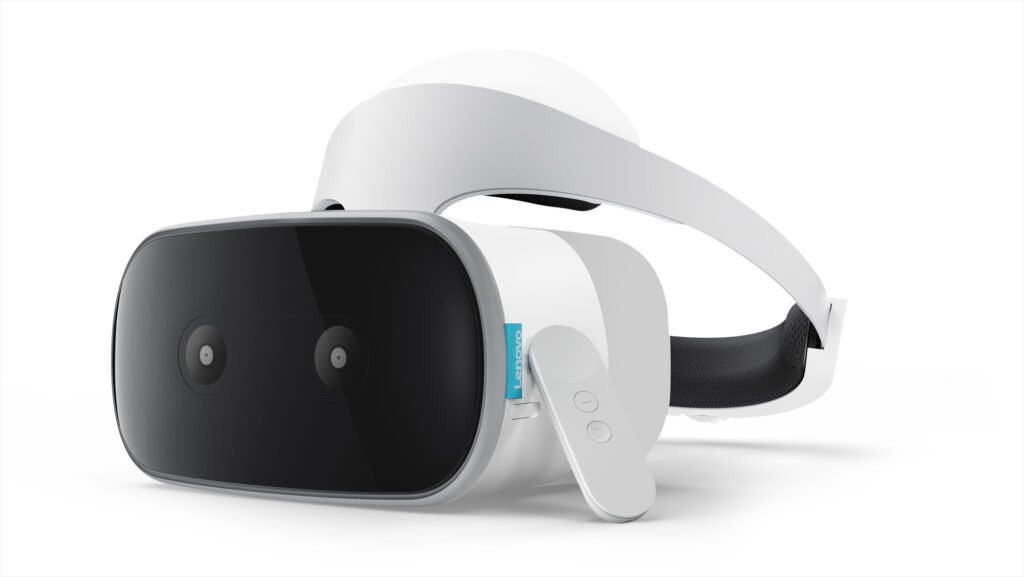
Photo:
Google for Developers
- Playing video games in virtual reality
43% of the market’s value for VR software comes from the gaming sector. Therefore, it is not surprising that the gaming sector has continued to have a substantial interest in the VR market. In fact, PwC predicted that by 2024, the revenue from VR gaming will have doubled from its current $1.1 billion value to $2.4 billion. Virtual reality game players have the ability to control and change the game’s surroundings. However, as the same technology spreads to various sectors of the economy, analysts estimate that the gaming sector’s market share will decrease over the next few years.
The adoption of VR has been most successful in the gaming business. New and improved VR gaming patterns and content continue to hit the market as the demand for VR-capable games rises. With VR tools like the Oculus Rift, gamers may explore 3D creatures in a complex virtual environment. As a result, a lot of VR developers are now focusing on the battle to provide the most cutting-edge VR equipment and input devices.
Due to the increased demand for VR games, more jobs are being listed in the gaming sector. The number of job postings increased by 17% between 2017 and 2018. There are positions available for game developers, artists, designers, and programmers. Jobs in business operations, sales, and marketing are also in demand in the gaming sector.
- The tourist sector and virtual reality
Travel companies are using VR technology into their marketing strategies. A growing number of firms are gaining from VR headsets as they enhance customer experience and service. Hotels, travel agencies, and other businesses in the sector now have more alternatives for accurately representing their services to clients thanks to technology.
Use of VR would be one of the best pieces of customer service advice available. According to recent data from GlobalWebIndex, 40% of Gen Zers want to see more travel applications for virtual reality. This suggests that VR has the potential to significantly increase the effectiveness of tourist promotion. Due to VR’s ability to let customers visit destinations before making a reservation, travel firms saw an increase in bookings.
The COVID-19 pandemic has also fostered a favourable climate for the expansion of VR tourism. Instead of only becoming a marketing gimmick, virtual reality may just be utilised as “alternative travel” when tourists are still unable to move about freely. After the pandemic, VR is projected to have a big impact on the travel and tourist sector (BBC News, 2020).
The World of Virtual Reality Today
The aforementioned considerations strongly indicate that VR will persist for some time, and the COVID-19 pandemic may be the cause of this technology’s relentless growth. Businesses have just recently started to examine the technology’s plethora of possibilities. Virtual reality technologies are already laying the foundation for the future of education and professional development. Future trends should become more commonplace as a result of the significant interest in VR technology.
Utilising cutting-edge technology, such as virtual reality (VR), might put you ahead of your opponents, so be sure to regularly evaluate the efficacy of your strategies and know where you are in respect to them. In this aspect, analytics tools are quite beneficial.









